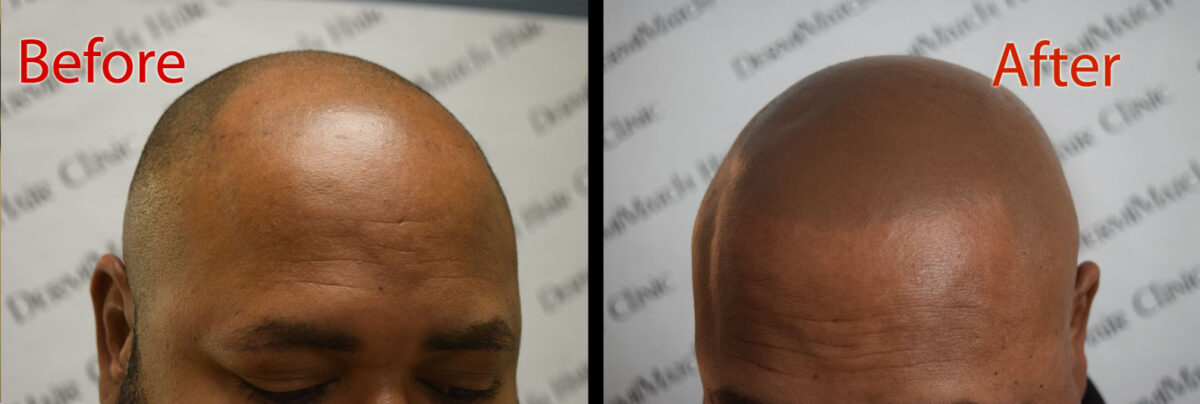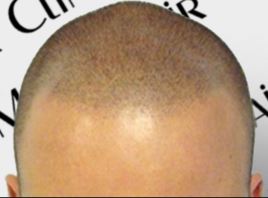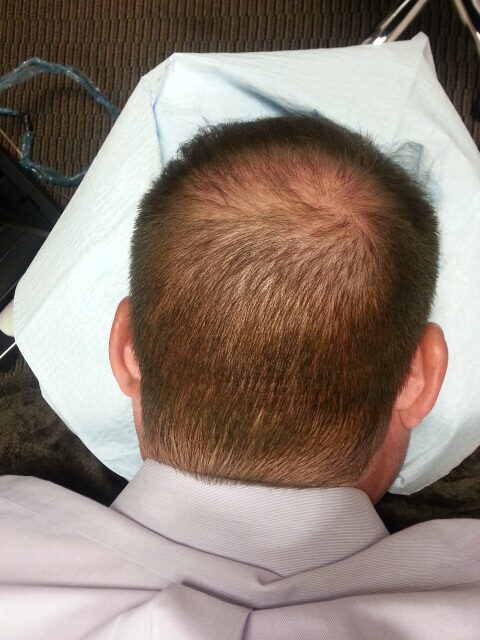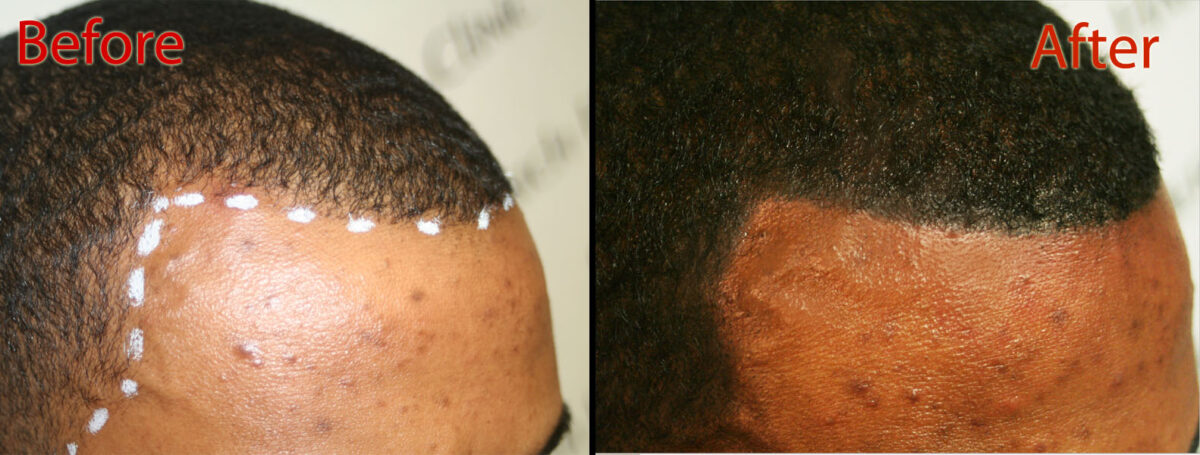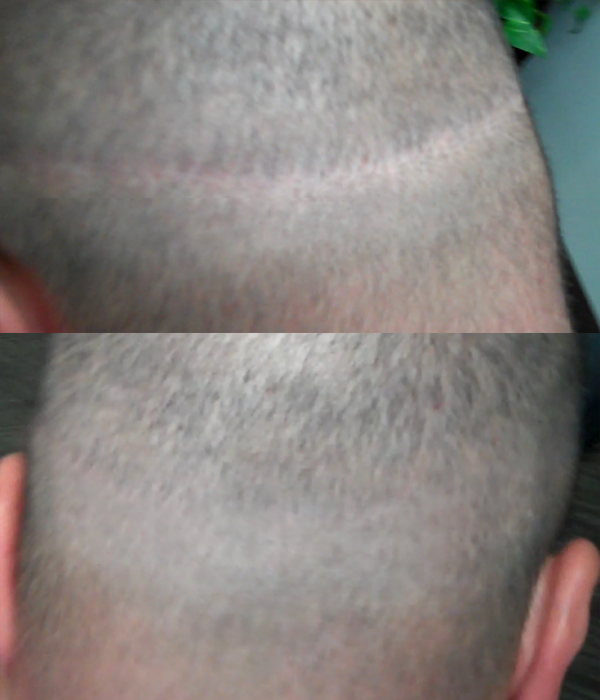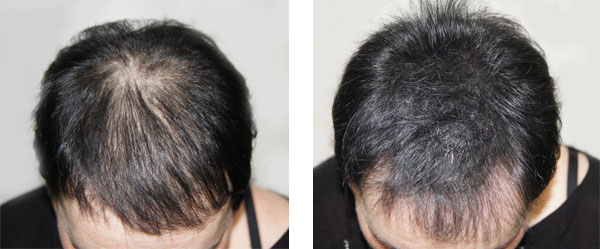Hair loss, a gradual thinning or complete baldness, affects both men and women worldwide. Hair shedding is a common condition, but certain factors can contribute to excessive hair loss. Understanding the causes of hair loss is crucial to address the problem effectively.
Common Causes of Hair Loss
Male/Female Pattern Baldness
The condition affects both genders. Male pattern baldness typically presents with a receding hairline and thinning crown. In contrast, female pattern baldness usually results in widespread thinning across the scalp.
Telogen Effluvium
Stressful events, illness, hormonal fluctuations, and nutritional deficiencies can cause hair to enter resting stage prematurely. This condition is known as telogen effluvium.
Alopecia Areata
An autoimmune disorder where the immune system launches an attack on follicles, causing patchy hair loss on the scalp, beard, or other body areas.
Traction Alopecia
This type of hair loss occurs due to excessive tension or pulling on the hair, often a consequence of tight hairstyles like braids, cornrows, or ponytails.
Lesser-Known Causes of Hair Loss
While the factors mentioned above are well-recognized, hair loss can also be triggered by less commonly understood causes, including medical conditions:
Thyroid
Both types of thyroid disorder, including hypothyroidism and hyperthyroidism, can cause hair loss. Thyroid hormones regulates hair growth, but when there is an imbalance of hormones, the process is disrupted.
Iron Deficiency Anemia
This often-overlooked condition can lead to thinning hair and excessive shedding. Iron is essential for healthy growth of hair, and a deficiency can impair the hair growth cycle.
Polycystic Ovary Syndrome
This hormonal disorder affecting women can cause hair loss due to an imbalance of male hormones. The excess androgens can lead to male pattern baldness in women.
Medications
Certain medications, including those used for cancer treatment, arthritis, depression, and heart problems, can disturb the hair growth cycle. As a result, this may cause hair loss as a potential side effect.
Dietary Deficiencies
Inadequate intake of essential nutrients like protein, iron, zinc, and vitamins B, C, and D can impair hair growth and contribute to hair loss.
Scalp Conditions
Certain scalp conditions like seborrheic dermatitis, psoriasis, and fungal infections can lead to hair loss by damaging or inflaming the hair follicles.
Addressing Hair Loss Effectively With Scalp Micropigmentation
While traditional treatments like medications and surgery offer effective solutions, they may not be suitable for everyone. For those seeking a non-surgical and low-maintenance alternative, Scalp Micropigmentation (SMP) is a compelling option. This innovative technique utilizes cosmetic tattooing to create the illusion of tiny hair follicles on the scalp.
Skilled SMP artists can create a realistic hairline and add density to thinning areas. Unlike surgery, SMP is a non-invasive procedure that requires no anesthesia.
What’s more, it requires minimal upkeep compared to daily medication routines for hair transplants.
Last but not the least, SMP can effectively address hair loss concerns for men and women of all ages and hair types. This is irrespective of your causes of hair loss.
Get SMP treatment at the best scalp micropigmentation clinic in Arizona. DermiMatch Clinic is proud of its hardworking and experienced SMP technicians, who have been delivering realistic results for clients experiencing hair loss.
Schedule your consultation now.

